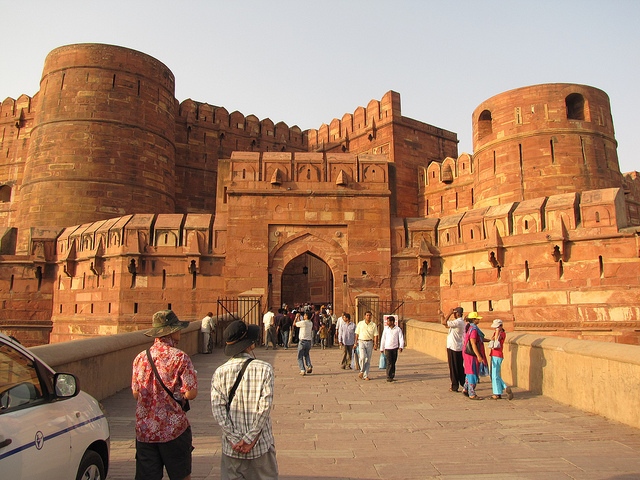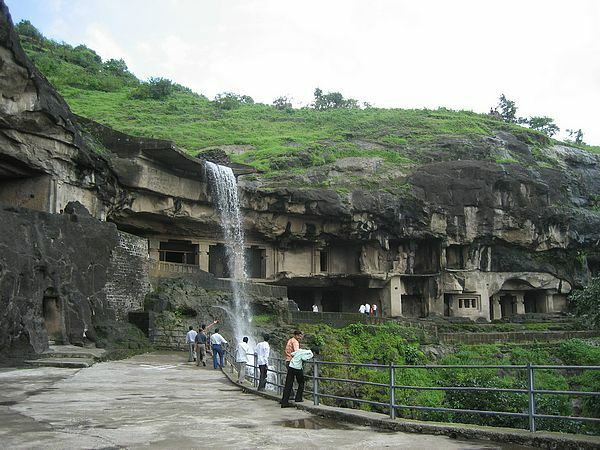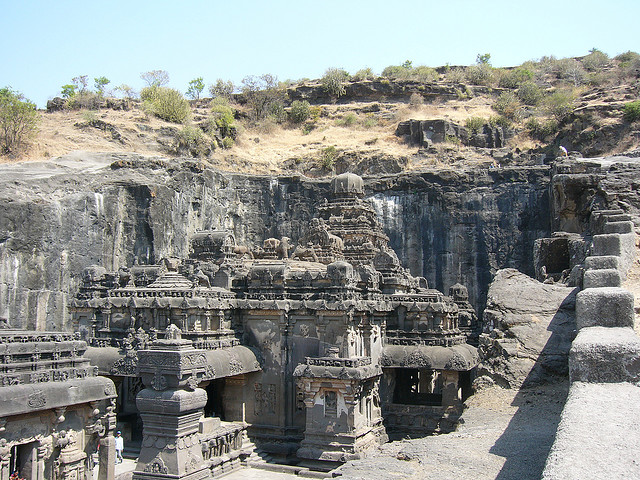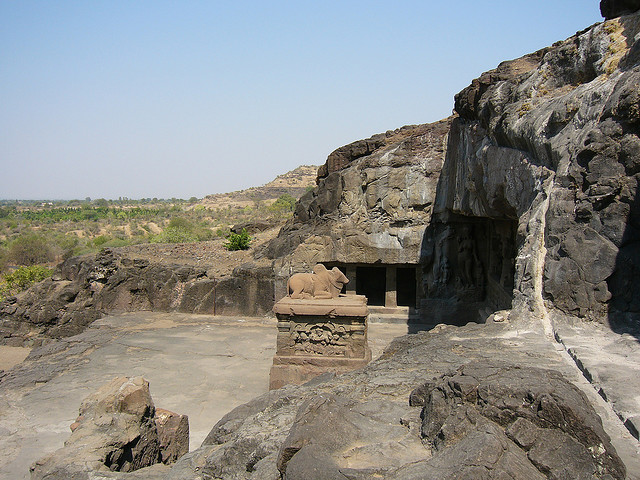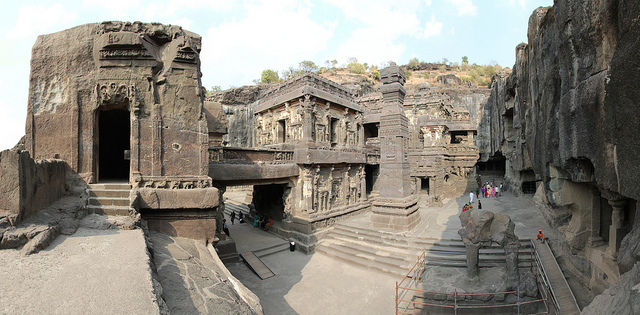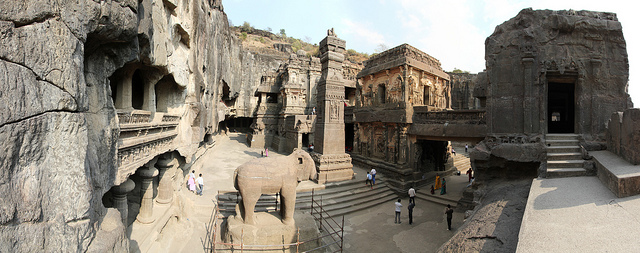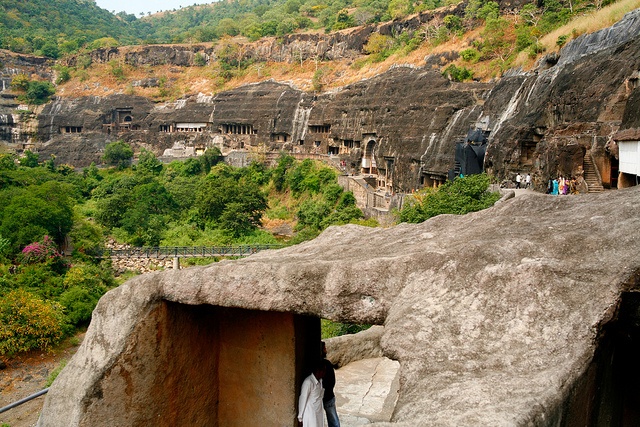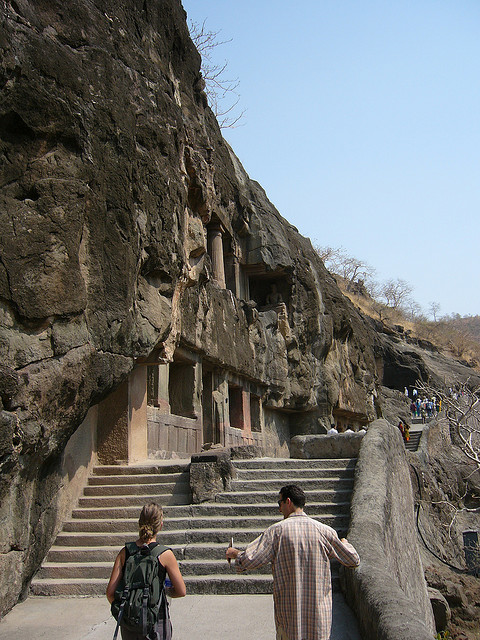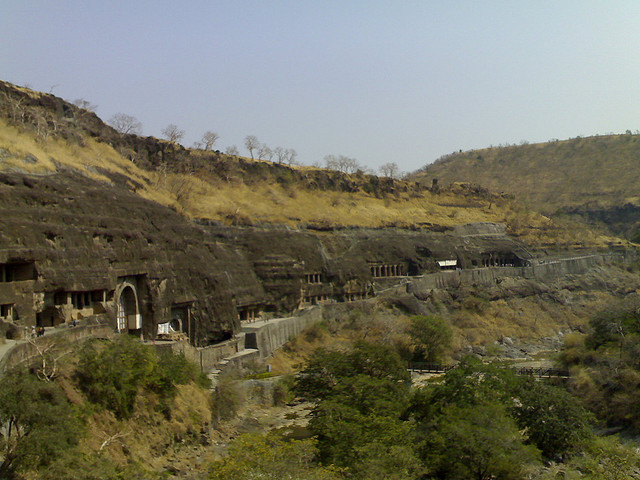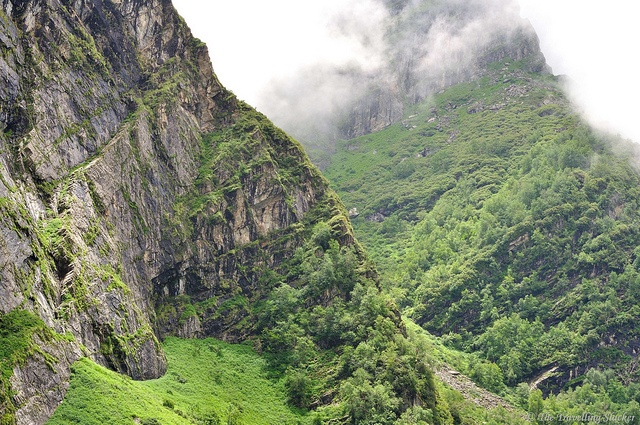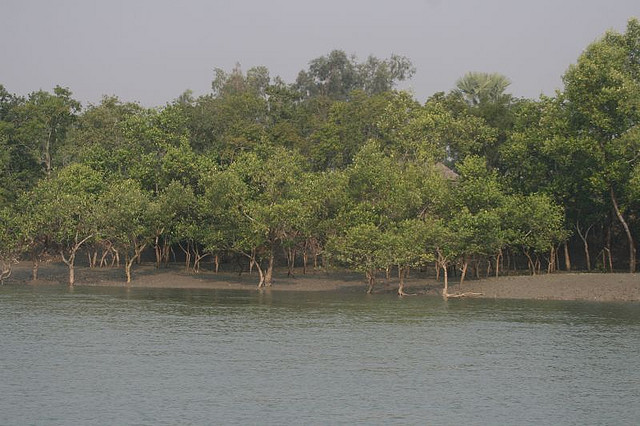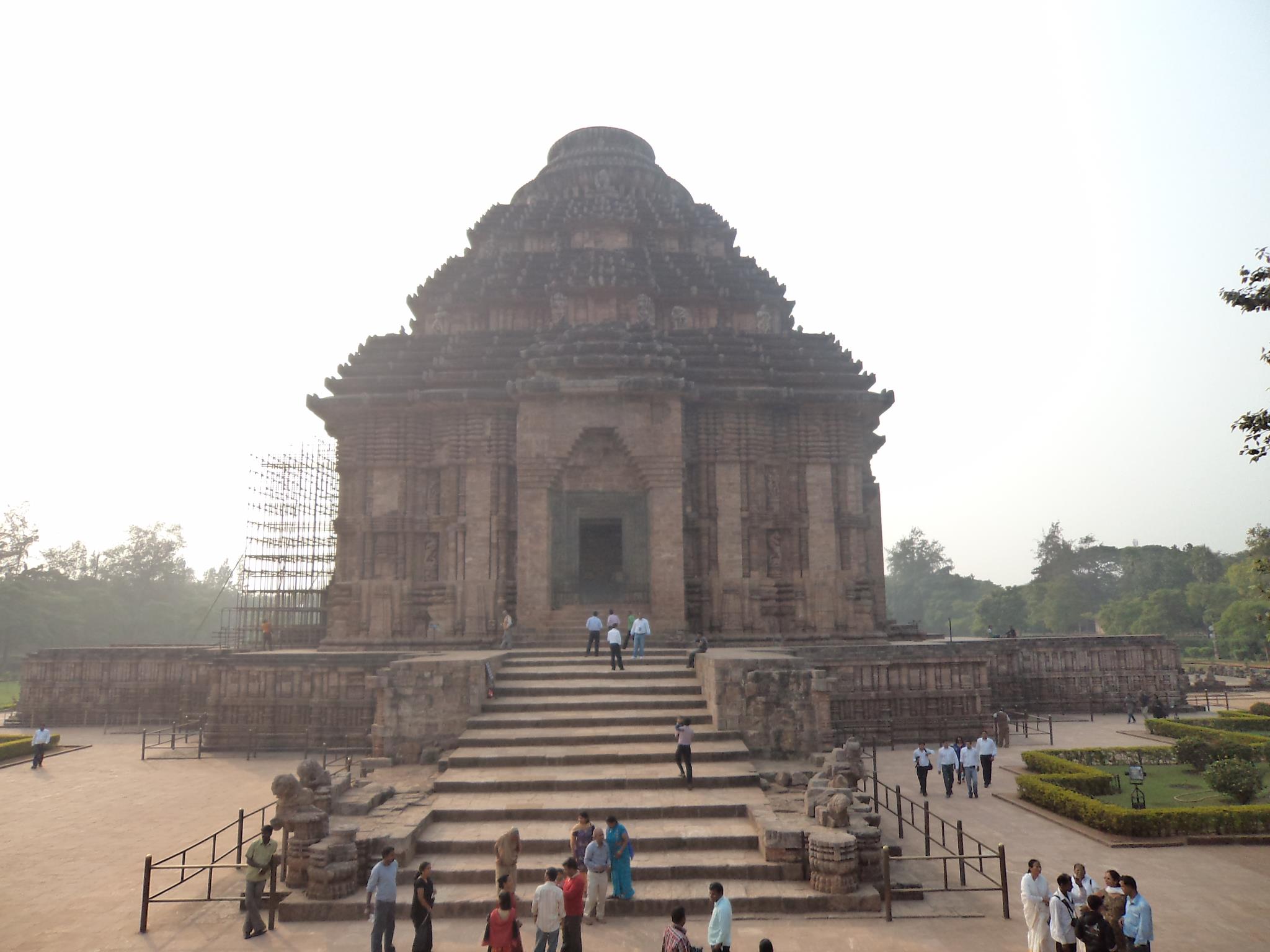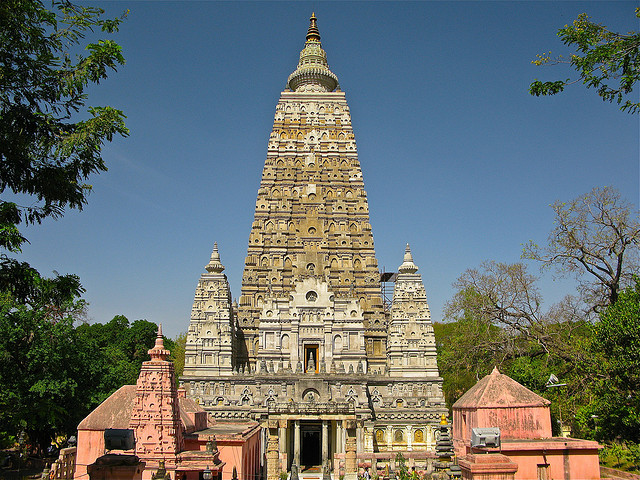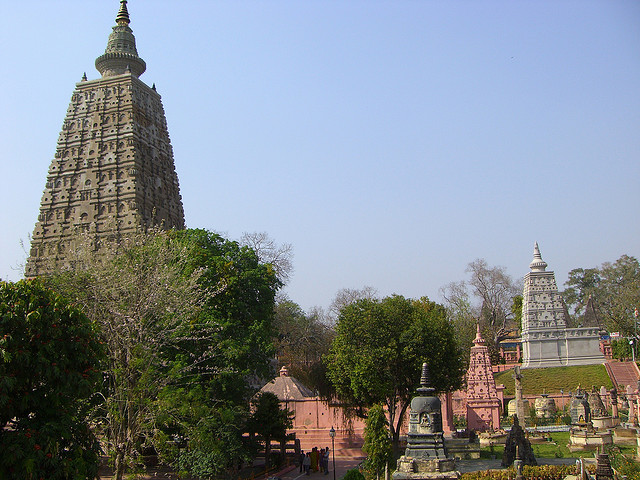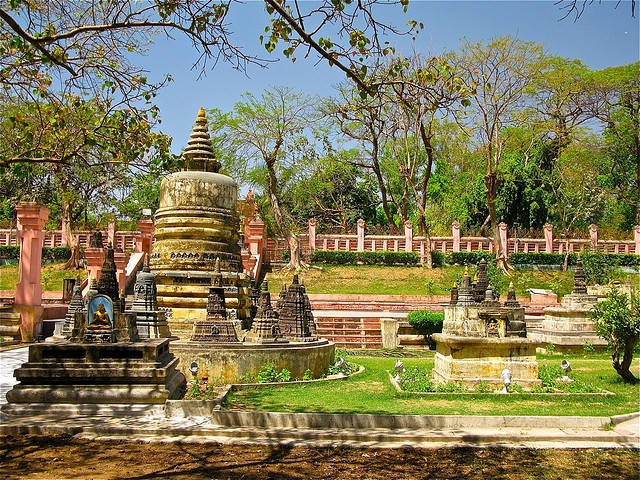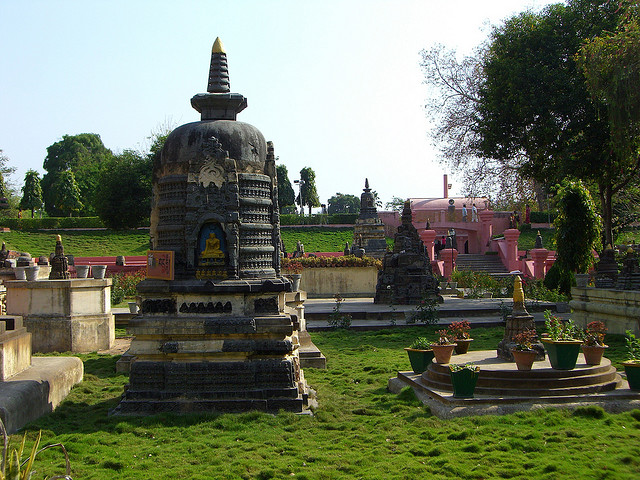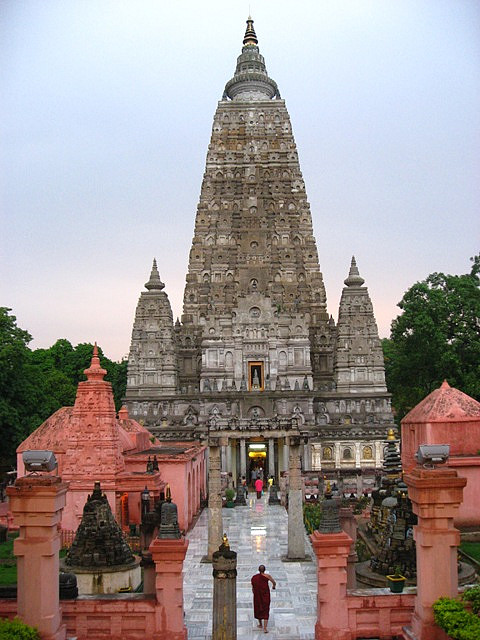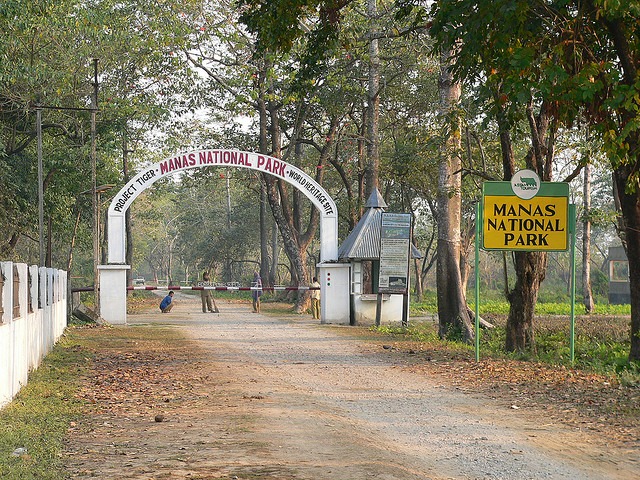Agra Fort
Agra which lies on the west bank of river Jamuna became one of the principal cities of the Mughal Empire after the death of Ibrahim Lodi at Panipat in 1526. When Akbar choose Agra as his capital he laid the foundation of the Fort of Agra. After Taj this was one of the most important group of buildings. The construction was started in 1565 and was completed in about eight years at a cost of thirty five lakh of rupees under the superintendence of Qasim Khan Mir Barr-u-Bahr.
